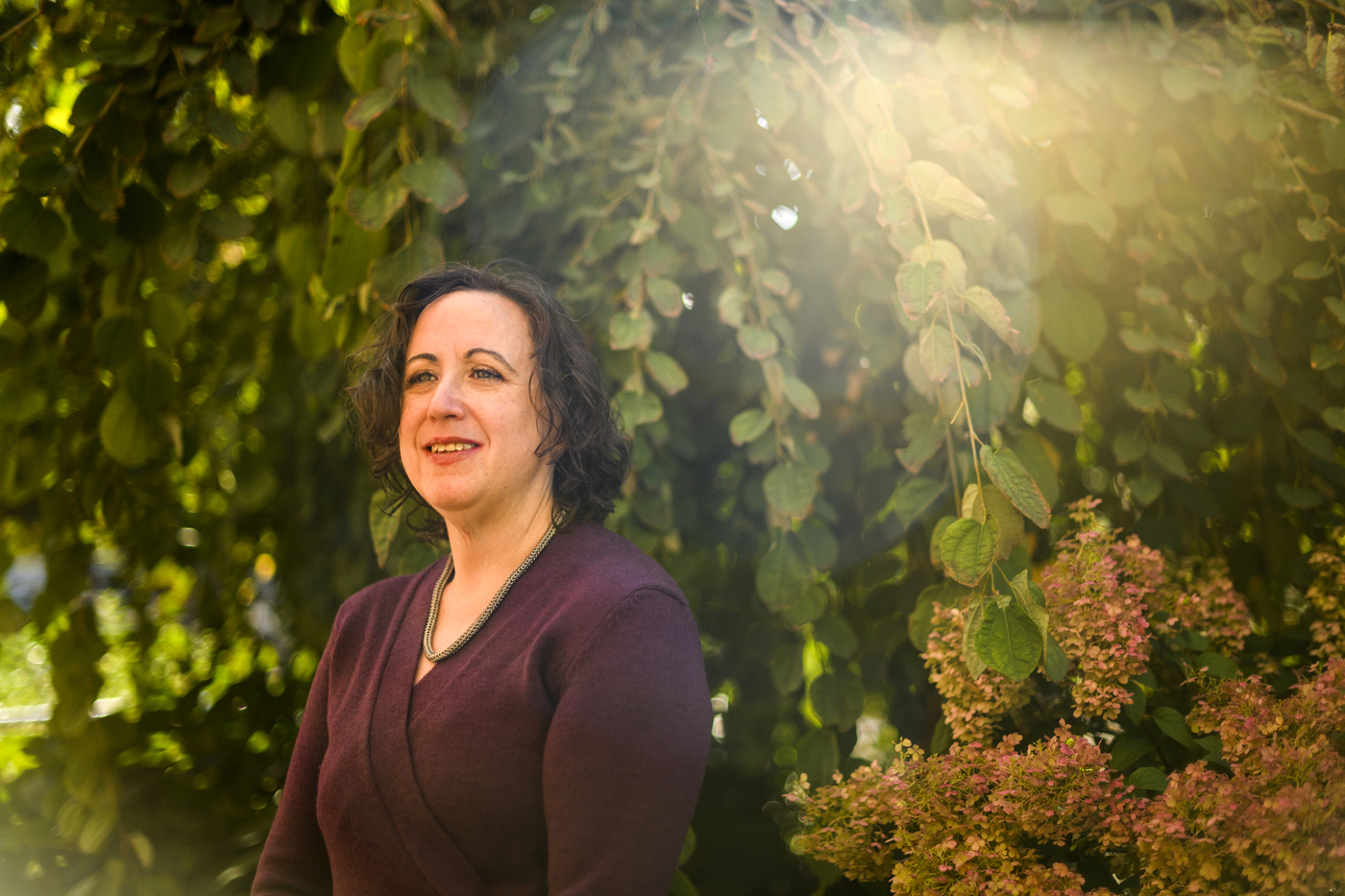What really happened during the Salem witch trials? Experts debunk five common misconceptions

Halloween brings about all things spooky, not least of all, witches. Thousands of tourists flock to Salem each October, thanks in part to the fascination that still surrounds the Salem witch trials from 1692. Salem’s popularity increases each year, with a record 1 million people paying a trip to downtown Salem last October.
“The reason (the Salem witch trials) is so exciting to people is it fits in with that true crime thing,” said Laurie Nardone, a Northeastern University teaching professor in English who did a study on the representation of the trials in literature. “We’re not sure what happened.”

But many of the witchy offerings Salem has today are different from the witchcraft over 100 people were accused of in 1692. In fact, the real-life trials played out a little differently than you might expect.
Here are five of the biggest misconceptions about the Salem witch trials according to Northeastern University experts.
1. The accused were all women
“It’s true that the majority of them — say 75, maybe 80 percent — were women,” said Jessica Parr, a historian specializing in Early Modern Atlantic history and a history professor at Northeastern University. “But 20 to 25 percent of them were men.”
One man was even killed as a result of the trials: Giles Corey was crushed to death after he refused to be put on trial.
While the trials targeted both men and women, it’s impossible to dismiss misogyny as a factor in the trials, Parr said. This has also led to the perception of Salem only sentencing women for witchcraft. Nardone said over the years, there’s been a feminist reclaiming of the trials since so many women were victims.
“Here’s a whole movement, not just around witches, but in sort of things being reappropriated by the oppressed,” Nardone said. “It’s like when we reclaim the word ‘witch,’ it’s … an empowering thing.”
2. The only ‘witches’ were in Salem
Salem reaps the rewards of the witch accusations now in the form of tourism dollars, but Parr said the accused were from not just Salem, but the surrounding towns. There were also witch trials in Boston and surrounding colonies.
What primarily won Salem its reputation was the fact that the trials themselves took place in Salem. But the panic around it made this reputation stick.
“(The other trials) don’t have that same panic ethos that happened in Salem,” Parr said. “The big piece of what happens in Salem and other environments where we’ve seen hysteria is that it is an incredibly contentious place.”
What also made Salem unique was the amount of trials and executions in a short amount of time, Parr said. Twenty people were executed for witchcraft in Salem during 1692. By contrast, Connecticut’s witch trials spanned several decades, during which time 11 people were hanged.
Salem’s trials also became notorious because of the way the trials went down. According to Parr, the accused in Salem faced a commission that operated as fact finders. Under pressure from Puritan minister Cotton Mather, they were allowed to consider spectral evidence, meaning claims of occult activity could be used in the trial. If a person claimed they saw a spirit break into their house and poison their food, the commission took it seriously.
“It wasn’t so much that witch trials themselves are terribly unusual,” Parr said. “In fact, witchcraft was treated under most colonial law as a felony. But what happened was not a conventional trial. … By this time, conventional English courts had really gotten away from the use of spectral evidence. Salem did use spectral evidence; that’s one of the things that allowed people to really play into the hysteria.”
3. The trials were caused by superstition
It’s easy to chalk the witch hysteria in Salem up to belief in the occult. But the real answer is more complicated.
There was a lot of contention in Salem, with tensions brewing over new immigrants, religion, land and neighbors turning against each other and outsiders.
On top of this, the Puritans were losing their grip on society as England turned its attention toward the colonies and started placing more constraints on them and pushing for more religious tolerance. This prompted insecurity from leaders who were desperate to keep control.
“A lot of witchcraft is about scapegoating,” Parr added. “A lot of the accused didn’t fit neatly into the very, very conformist society. And when hysteria happens, those people are more vulnerable.”
Many of the accused were outsiders in society, Parr said, whether they were known for being confrontational or were not white like Tituba, an enslaved woman of African and Indigenous descent who was one of the first to face witchcraft accusations.
4. The accused witches were burned
Were witches burned? Absolutely, said Parr. But this mostly happened over in Europe. Most of the accused were hanged (with the exception of Giles Corey who was crushed to death).
“There were no witch bonfires in this particular case,” Parr added.
5. The witchcraft looked like what we associate with magic today
Walk down downtown Salem and you’ll find herbalists, tarot card readers, and tourist shops selling wands and crystals. But this isn’t necessarily the same type of witchcraft people were accused of in the 1600s.
“If you go to Salem now, the shops that you’ll go to have so little to do with the witch trials,” said Nardone, who lives near the city. “What Salem seems to be honoring now is this idea of Halloween and the Wiccan tradition. The Salem witch trials had nothing to do with Wicca. … There’s this real disconnect between what we know as witches and what happened during the witch trials.”
At the heart of the Salem witch trials accusations was the devil, something that doesn’t exist in Wicca, a pagan religion based around nature.
“A lot of the cliches about (the Puritans) are cliches because they’re true,” Nardone said. “They were pretty rigid. They were Christian-based. And there was this idea that you didn’t want your soul near the devil. … The Wiccan tradition has nothing to do with the Christian ideas of god or the devil.”
Erin Kayata is a Northeastern Global News reporter. Email her at e.kayata@northeastern.edu. Follow her on X/Twitter @erin_kayata.







